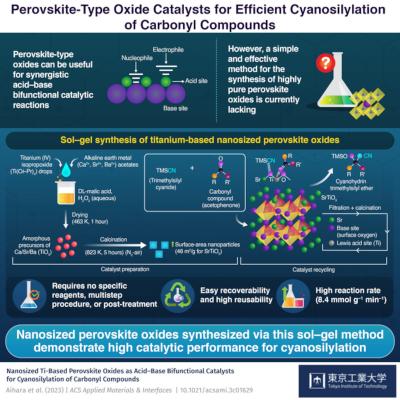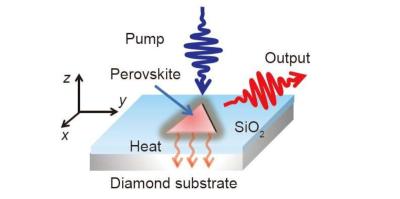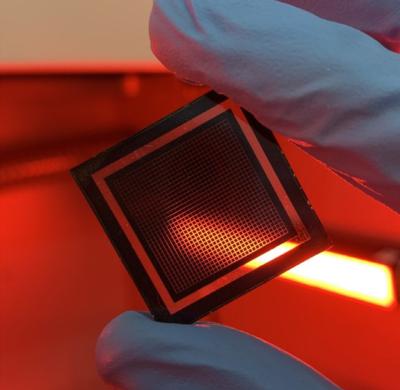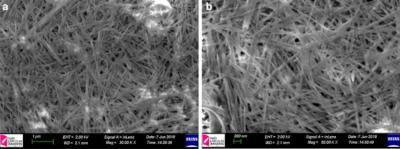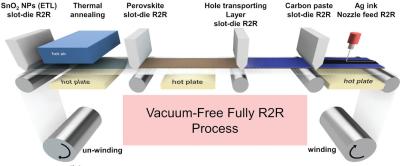Researchers develop novel perovskite-type oxide catalysts
Researchers from Tohoku University and Tokyo Institute of Technology (Tokyo Tech) have proposed a simple sol–gel method for the synthesis of highly pure bifunctional solid acid−base catalysts of perovskite-type oxides.
The rationale for selecting perovskite-type oxides was explained by Professor Keigo Kamata from Tokyo Institute of Technology: “Perovskite-type oxides are gaining importance in several fields, including magneticity, ferroelectricity, piezoelectricity, and catalysis. Moreover, the structure and physiochemical properties of perovskite-type oxides can be tuned by controlling their chemical composition.”
